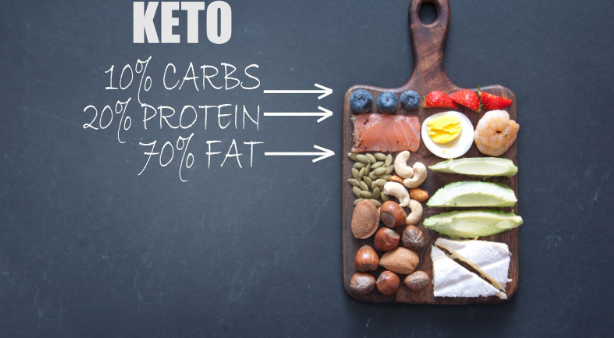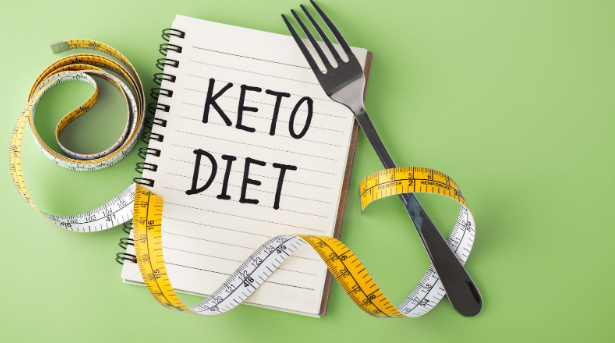
Are you considering following a keto diet but struggling with lactose intolerance? As someone who has personally navigated this dietary challenge, I understand the frustration and confusion that can come with trying to find suitable alternatives. Fortunately, I’ve discovered some valuable tips and tricks that can help you successfully follow a keto diet while managing lactose intolerance. In this article, I’ll share my insights and recommendations to make your keto journey both delicious and dairy-free.
If you’re lactose intolerant and looking to embark on a keto diet, you may be wondering how to navigate the challenges of eliminating dairy while still maintaining the low-carb, high-fat lifestyle. Rest assured, it is absolutely possible to follow a keto diet while managing lactose intolerance. By making a few simple adjustments and incorporating suitable dairy alternatives, you can continue to enjoy the benefits of ketosis without compromising your digestive comfort. In this article, I’ll offer practical tips and suggestions to help you successfully follow a keto diet while accommodating your lactose intolerance.
Following a keto diet can be a game-changer for those seeking weight loss, improved energy levels, and overall well-being. However, if you’re lactose intolerant, you may be concerned about how to adapt the diet to meet your specific needs. The good news is that there are plenty of options available to make a keto diet work for individuals with lactose intolerance.
Keto Diet For Lactose Intolerance
The keto diet, short for ketogenic diet, is a low-carb, high-fat eating plan that has gained popularity due to its potential health benefits and effectiveness for weight loss. This diet focuses on drastically reducing carbohydrate intake and replacing it with fats, which puts the body into a state of ketosis. In ketosis, the body burns fat for fuel instead of glucose, resulting in weight loss and increased energy levels.
The main principle behind the keto diet is to keep your carbohydrate intake below a certain threshold, typically around 20-50 grams per day. This restriction forces the body to enter ketosis and start using fat as its primary fuel source. By limiting carbohydrates, you can stabilize blood sugar levels, improve insulin sensitivity, and enhance fat burning.
In addition to reducing carbs, the keto diet encourages the consumption of high-quality, healthy fats. Avocados, nuts and seeds, coconut oil, olive oil, and fatty fish are all excellent sources of the fats needed for this diet. Protein intake should be moderate, as excessive protein can be converted into glucose, potentially disrupting ketosis.
What is Lactose Intolerance?
Lactose intolerance is a common digestive disorder in which the body is unable to digest lactose, a sugar found in milk and dairy products. This condition occurs due to a deficiency or absence of lactase, the enzyme responsible for breaking down lactose into simpler sugars for absorption in the body.
When individuals with lactose intolerance consume dairy products, they may experience uncomfortable symptoms such as bloating, gas, diarrhea, and abdominal pain. It is estimated that about 65% of the global population has some degree of lactose intolerance.
It’s important to note that lactose intolerance is not the same as a milk allergy. While lactose intolerance involves the inability to digest lactose, a milk allergy is an immune response to proteins found in milk, such as casein or whey.
Challenges of Following a Keto Diet with Lactose Intolerance
Dealing with lactose intolerance while following a keto diet can present a unique set of challenges. Since the keto diet relies heavily on foods high in fat and low in carbohydrates, traditional dairy products such as milk, cheese, and yogurt are typically consumed in large quantities. However, if you are lactose intolerant, consuming these dairy products can result in uncomfortable symptoms like bloating, gas, and diarrhea.
One of the biggest challenges faced by individuals with lactose intolerance on a keto diet is finding suitable dairy alternatives. While there are numerous dairy-free options available in the market, it’s important to choose alternatives that are low in carbohydrates and high in healthy fats. Some excellent options include almond milk, coconut milk, and cashew cheese. These alternatives can not only provide the necessary fats for a keto diet but also offer a delicious and healthy twist to your meals.
Conclusion
By incorporating these tips and recommendations, I can successfully manage my lactose intolerance while following a keto diet. Exploring non-dairy milk alternatives allows me to enjoy a variety of beverages without the discomfort of lactose. Incorporating dairy-free yogurts into my meals provides a creamy and nutritious option. Choosing nut butter as a spread or snack option adds flavor and healthy fats to my diet. Including non-dairy cheese options satisfies my cravings for a cheesy taste without the lactose.

